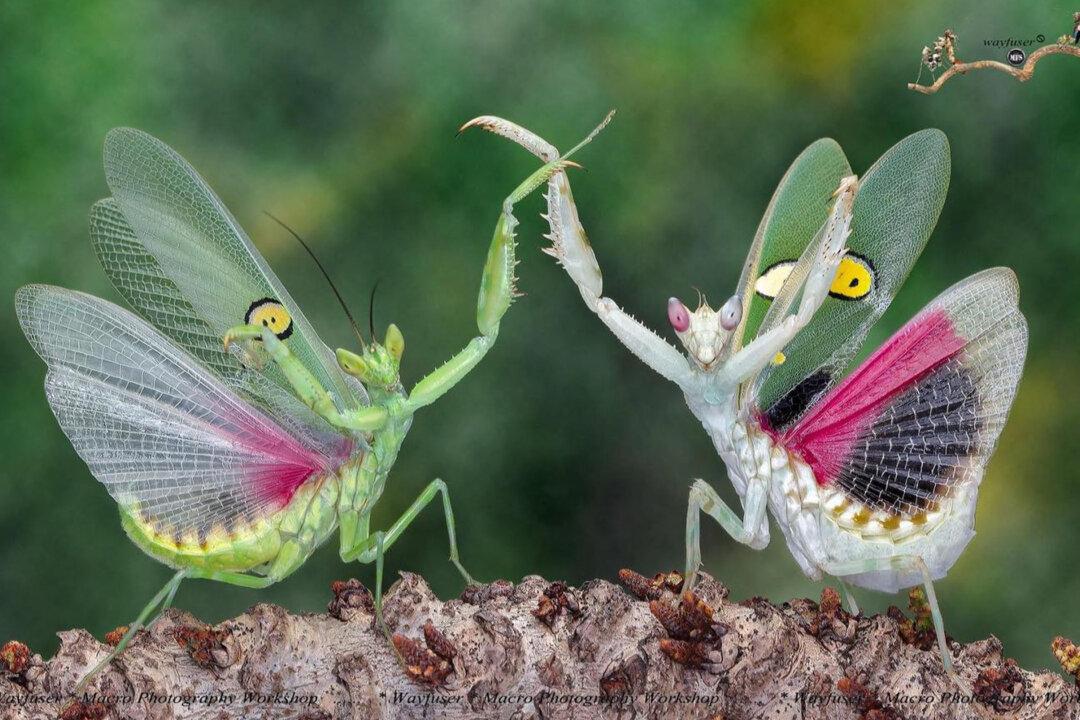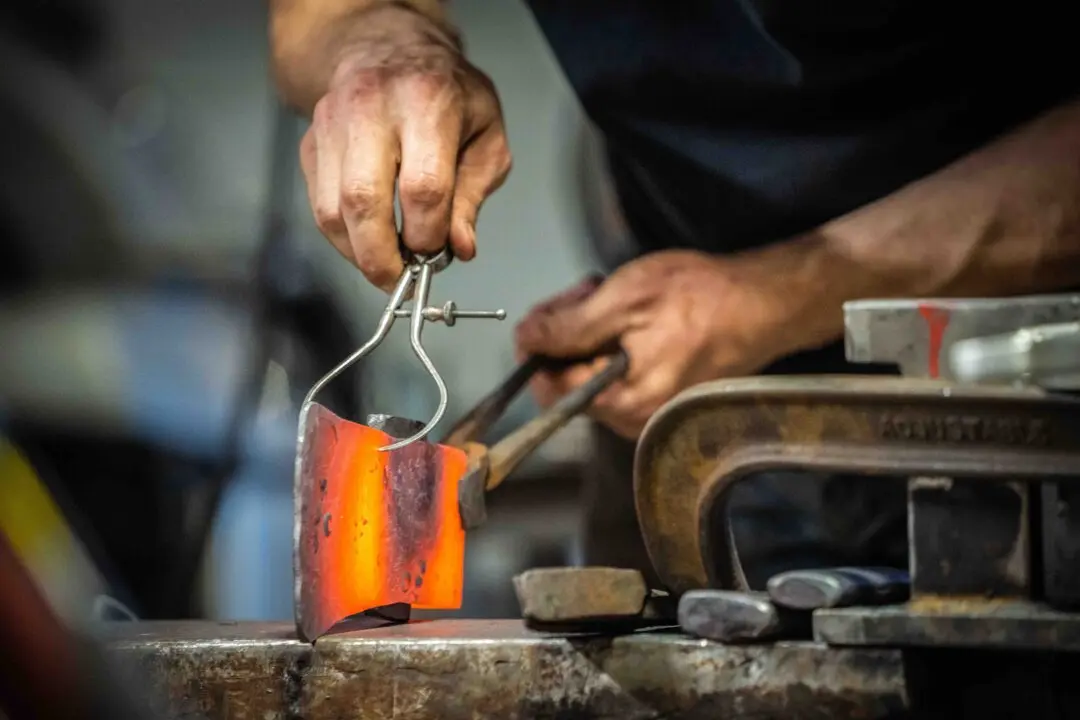No, it’s not Photoshop. Though the praying mantises photographed by a Malaysian photographer really do look like that.
Living close to the tropical jungle, Pang Way is in the perfect place to find these critters. Appearing to be caught in a series of dramatic Flamenco-style dance poses, the exotic insects are a riot of color and beauty.






